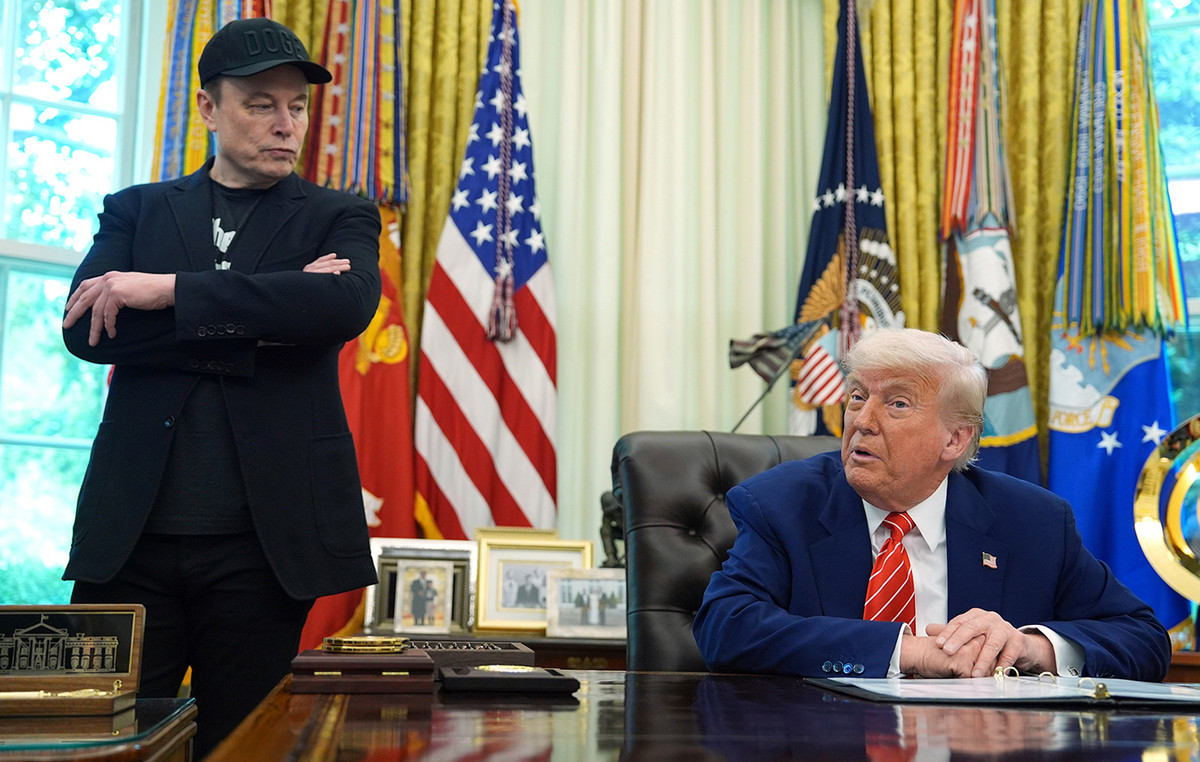The astrophysicist of Harvard University in the United States, Avi Loeb claims to have discovered samples of technology extraterrestrial on a meteor that crashed off the coast of Papua New Guinea in 2014.
Since 2021, the professor has led the Galileo Project looking for physical evidence of the existence of extraterrestrials or their technology.
According to the broadcaster “CBS News”, the American Special Command said it believes that 99.9% of the fragments of the meteor, called IM1, come from another solar system.
During the searches, Loeb and his team worked closely with the government to establish a 10-kilometer radius within which the meteor could have fallen.
They then carried out the searches on a boat, named Silver Star or Silver Star.
discovery of spheres
The scientist said that he found, with the help of magnets searching the bottom of the sea, 10 micro spheres made mainly of iron.
“But when I looked at the material under a microscope, I saw that it contained gold, blue and brown colors, and some resembled a miniature Earth,” he said in an interview with the broadcaster.
A composition analysis showed that the objects found are made of 84% iron, 8% silicon, 4% magnesium and 2% titanium, as well as trace elements.

“The fact that the meteorite was made of harder materials than iron meteorites, and that it was moving faster than 95% of all stars close to the Sun suggested that it could be a spacecraft from another civilization, or a spacecraft. technology”, he pondered.
Loeb even compared the situation to what could happen if fragments of NASA’s Voyager spacecraft fall on another planet in 1 billion years.
“The fragments could look like meteors. It could be that these extraterrestrial fragments took thousands of years to get here, but the fact is that they did, ”she said.
Author of the book “Extraterrestrial: The First Sign of Intelligent Life Beyond Earth” or “Extraterrestrial: The first sign of intelligent life beyond Earth” (in free translation), Loeb said that research and analysis are just beginning.

They are now trying to understand whether the materials are man-made or natural – as well as hoping to find a bigger piece of “this rock or technology”.
“It will take tens of thousands of years to leave our Solar System or reach another star with our current spacecraft. This material has spent all this time getting to us, but it’s already here,” said Loeb, smiling.
Finally, the astrophysicist commented that we just need to continue investigating our backyards to find out if we have an “interstellar Amazon that takes billions of years to travel”.
Source: CNN Brasil
Charles Grill is a tech-savvy writer with over 3 years of experience in the field. He writes on a variety of technology-related topics and has a strong focus on the latest advancements in the industry. He is connected with several online news websites and is currently contributing to a technology-focused platform.







